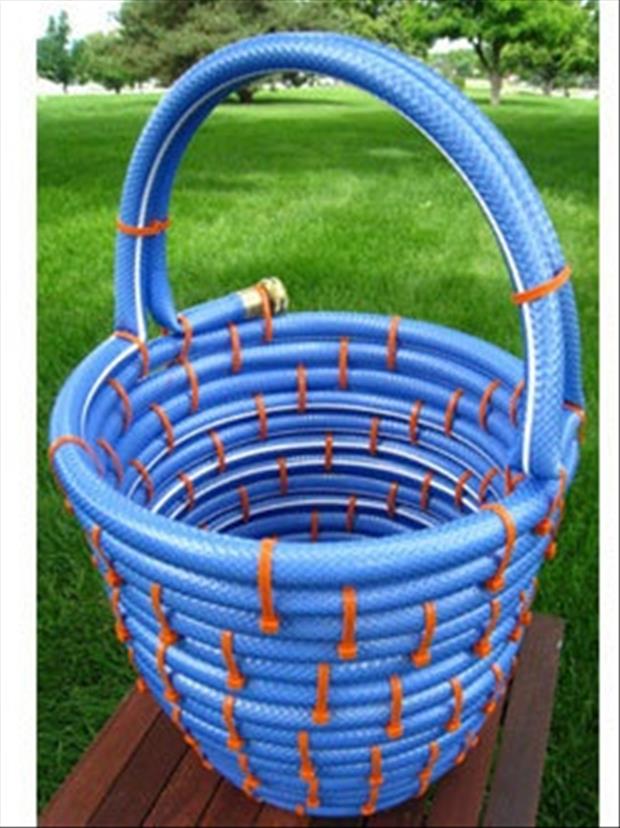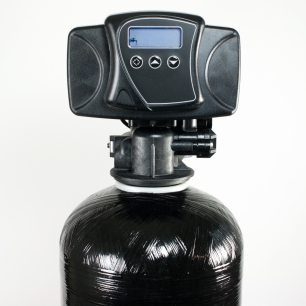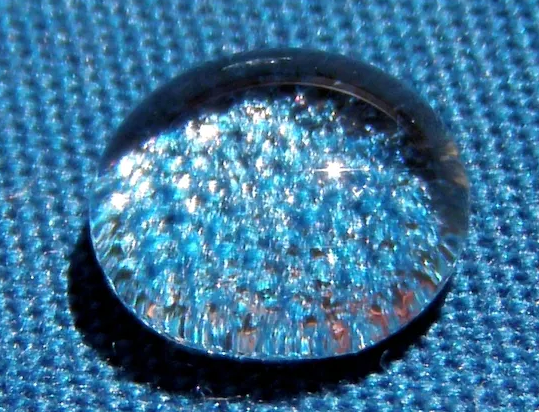University of Rhode Island Researcher Contributes To Study Confirming Link Between PFAS – ‘Forever Chemicals’ — In Drinking Water And Weight Gain
A University of Rhode Island researcher leads a study that confirms a direct link between certain chemicals in drinking water and human obesity – specifically that increased PFAS content in blood promotes weight gain and makes it harder to keep a lower body weight after weight loss. Philippe Grandjean, M.D., PhD., is physician who holds a research professor appointment within the URI College of Pharmacy and serves on STEEP, a special URI-led science effort helping the public grapple with manmade PFAS (per-and polyfluoroalkyl substances) pollution, including its presence in drinking water resources.
“We’ve previously shown that children with increased PFAS concentrations tend to gain weight and develop higher levels of cholesterol in the blood,” said Grandjean, a professor of environmental medicine at the University of Southern Denmark, who has researched the human health impacts of PFAS in multiple countries and populations, including children, for decades. “We now focused on adults who participated in an experimental study of five different diets in regard to weight gain. Our results add to the concern that environmental pollution may be affecting our metabolism, so that we tend to gain weight.”
For the recent study, the researchers, using STEEP-affiliated laboratories, analyzed PFAS chemicals in 381 blood samples that were already part of a randomized European Commission clinical trial in Europe focused on weight loss planning for obese adults. No matter the diet that these participants were assigned to, they gained weight if they had elevated PFAS exposures. One particular chemical, PFOA, which is commonly found in contaminated drinking water, demonstrated, more so than other PFAS pollutants, ties to obesity. Furthermore, those participants in the European study with the most PFOA in their blood were found, after a one-year follow-up, to have gained about 10 pounds more than those with low levels.
“Our study adds new evidence that being overweight isn’t just about a lack of physical activity and unhealthy eating habits – PFAS are increasingly suspected to be a contributing factor,” said Grandjean. “The PFAS exposures in the European participants are quite comparable to levels in America, so my concern is that our exposures to PFAS are making it difficult for us to avoid getting overweight.”
The study results are useful, too, for informing the ongoing work of the URI STEEP – Sources, Transport, Exposure & Effects of PFAS – Superfund Research Center, which employs research, applied science, student education and training, and outreach approaches to build community capacity for responding to PFAS pollution. PFAS, a large and decades-old family of chemicals, infiltrate many human and natural environments – they are colorless, tasteless, and odorless, and often are used to create barriers or stop liquids from seeping. The chemicals coat pizza boxes and microwave popcorn bags, nonstick cookware, and waterproof clothing, and stop stains from sinking into carpet and furniture.
The heavily used “forever chemicals” have also leached into water, from marine habitats to drinking water resources, with STEEP committing significant effort toward ensuring sound science informs public dialogue about enhancing protections for supplies. “The hard science is the main tool the government has upon which to make changes that move us closer to either lessening or removing PFAS from our water, our lives, our environments,” said Rainer Lohmann, a URI chemical oceanographer and STEEP research director. “PFAS presents a long-term challenge, but we are making steady progress.”
And increasingly, said Lohmann and Grandjean, public policy discussions at the federal and state levels are focused on determining regulatory and legislative paths forward to potentially lower PFAS levels in drinking water sources across the country. “The EPA has recently proposed binding guidelines for water contamination,” said Grandjean. “I hope that the new regulation will be successful, and now I have an additional reason to hope.”
The study appears in the current issues of Obesity, the official journal of The Obesity Society. The National Institute of Environmental Health Sciences (NIEHS) funds STEEP through a Multi-project Center Grant awarded by the NIEHS Superfund Research Program (SRP). The SRP funds university-based multidisciplinary research on human health and environmental issues related to hazardous substances. To learn more about the ongoing URI STEEP Project, a partnership of the University of Rhode Island, Harvard University, and the Silent Spring Institute, visit https://web.uri.edu/steep/.
Source: University of Rhode Island via Water Online.










